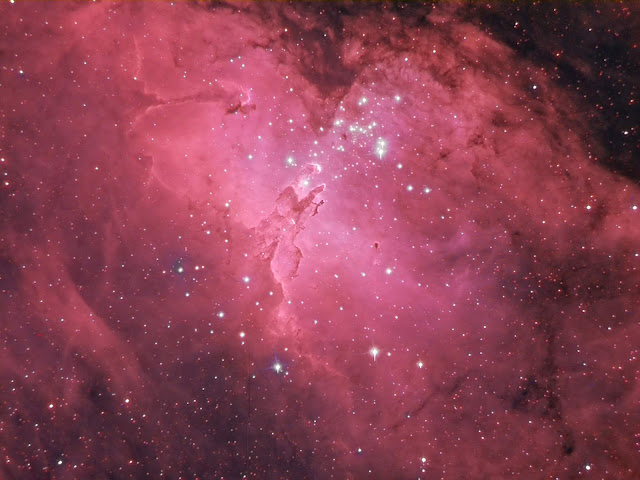The Magellanic clouds
Hidden from European Culture until 1503, these two cosmic clouds are some of the most beautiful treasures of the Southern Hemisphere. Their tracks were brought to our knowledge by the explorer Amerigo Vespucci and just 21 years later were called the Magellanic Clouds, in honor of the leader of the first expedition to circumnavigate the earthly globe.
Already, with a careful look without instruments a certain resemblance to the starry clouds of the Milky Way can be noticed. We don’t see the single stars but their colors, contrasts and even shapes let us intuit that they might be pieces of our Galaxy, populated by billions of stars. A small telescope confirms our impression making billions of miniscule dots, darker zones covered by dusts and luminous spots that we’ll soon learn to recognize as nebulae.
The Magellanic Clouds are big star systems more than 93,000 light years away, one and a half times the size of our Galaxy. Therefore, we’re not observing clouds in our own gigantic system, but something more particular: there are other, much smaller galaxies which have to submit to the immense gravitational effects of at least 200 billion stars in our island.




Comments
Post a Comment